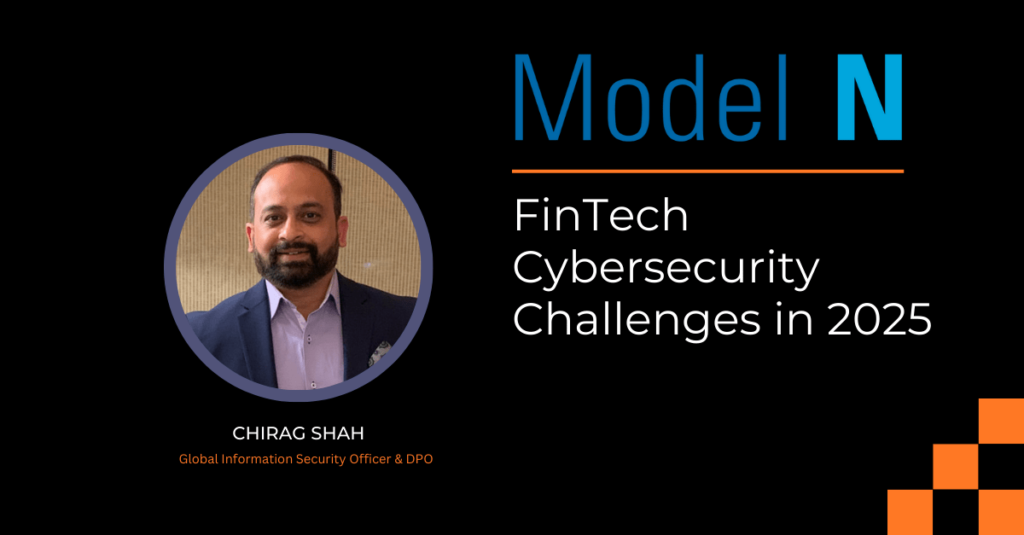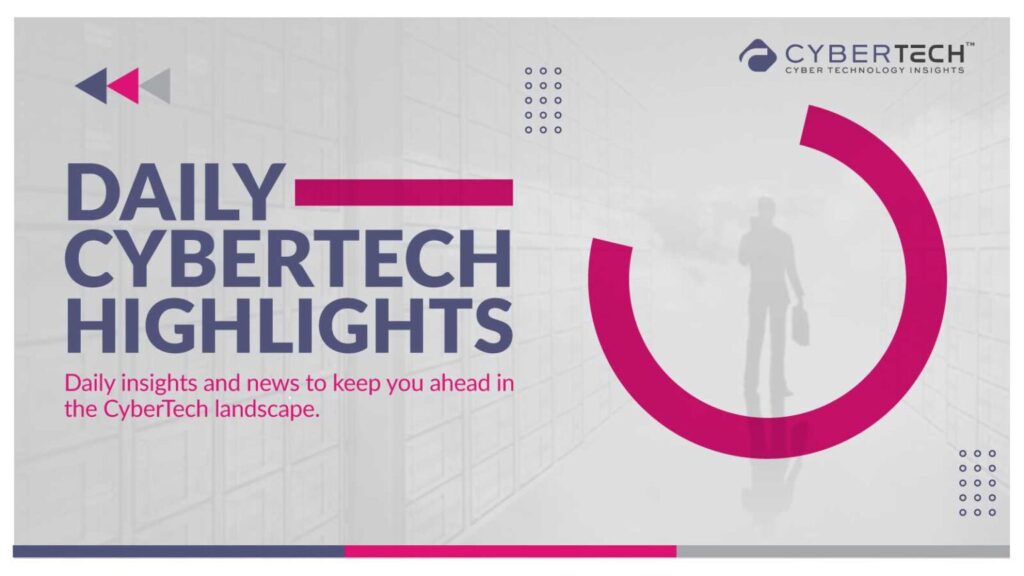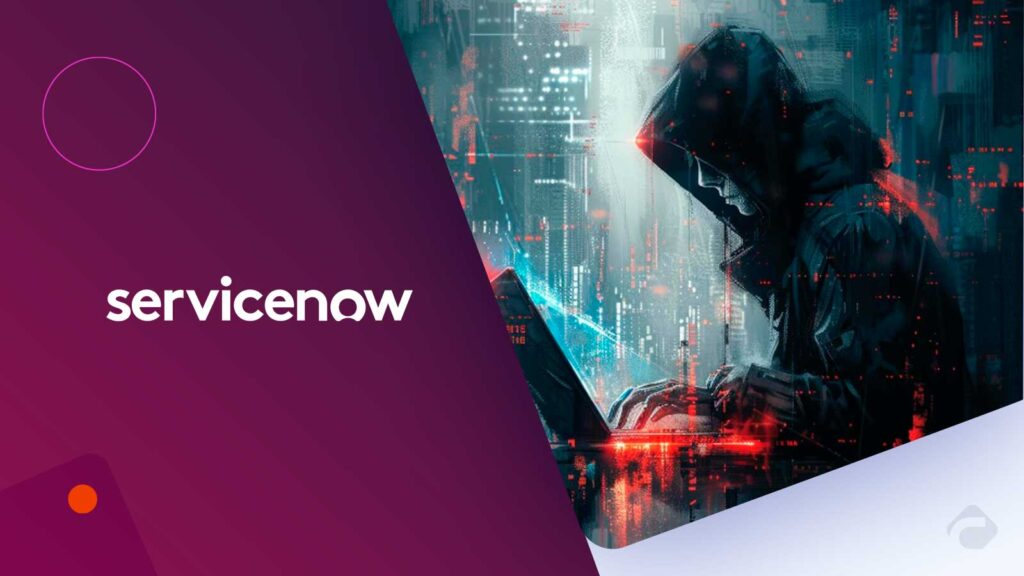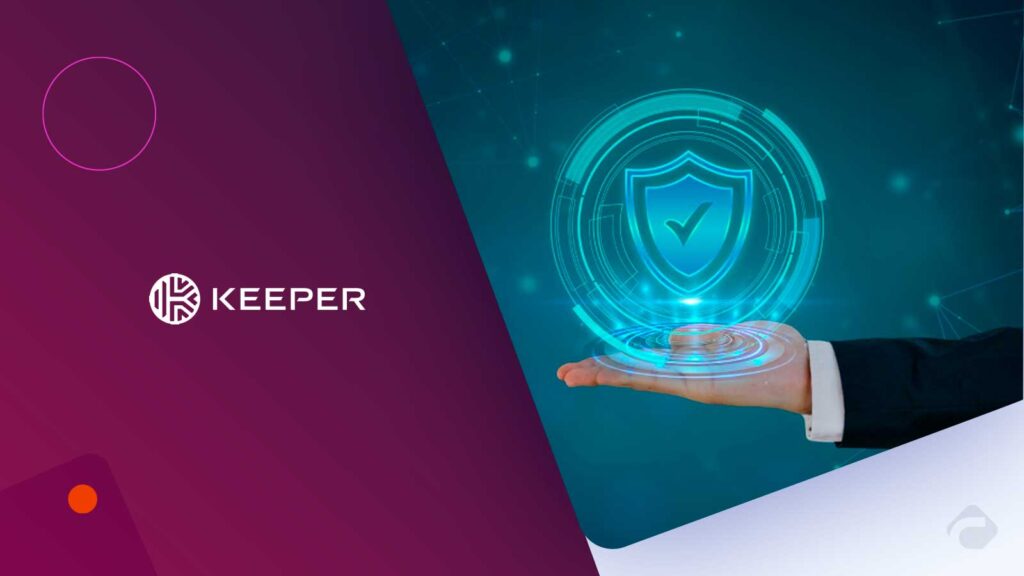Cybersecurity challenges impact every industry. The FinTech industry has experienced rapid growth, revolutionizing how we handle, utilize, and allocate our finances. Projections indicate that by 2025, the FinTech sector will reach unprecedented advancement and accessibility. Nevertheless, this expansion brings forth a fresh set of cybersecurity obstacles that may jeopardize the security and confidence in digital financial services.
This article aims to discuss the primary cybersecurity challenges anticipated for FinTech companies in 2025 and provide insights into how they can proactively navigate this swiftly evolving environment.
Recommended: CyberTech Experts Explain Cybersecurity Lacunae in New MDR Report
#1 Data Breaches: The Ever-Present Cybersecurity Challenges
As financial institutions increasingly gather and analyze user data to improve their services, the risk of data breaches becomes a growing concern. Looking ahead to 2025, the voluminous amounts of data handled by FinTech companies will make them attractive targets for cybercriminals seeking to exploit sensitive information. The implications of a data breach in this context of cybersecurity challenges are profound, ranging from substantial financial fraud to the misuse of personal identities and significant harm to the reputation of the affected company.
FinTech companies must adopt and integrate robust encryption techniques to address this threat. This includes implementing advanced methods such as end-to-end encryption and tokenization to safeguard sensitive data throughout its lifecycle. Moreover, regular security audits and enforcing stringent access controls will be crucial in identifying and rectifying potential vulnerabilities before malicious actors exploit them.
#2 Phishing Attacks: Smarter and More Dangerous
Phishing attacks are a persistent and evolving threat in the cybersecurity landscape. Cybercriminals are continuously enhancing their tactics to deceive users into divulging confidential information. It is anticipated that by 2025, these attacks will become even more challenging to detect as hackers refine their methods to closely resemble legitimate entities, making their efforts more convincing and sophisticated.
To combat this growing threat, FinTech firms must prioritize user education by proactively instructing customers on identifying and responding to phishing attempts. Implementing multi-factor authentication (MFA) as a standard security practice will be crucial in fortifying the defense against these attacks. MFA adds a layer of protection beyond traditional passwords, enhancing security measures and reducing the vulnerability to phishing attempts.
#3 Insider Threats: The Danger Within
As FinTech operations become increasingly intricate by 2025, the risk posed by insider threats will grow even more substantial. Insider threats could emanate from dissatisfied employees, contractors, or even unintentional actions.
Strategic measures such as implementing strict access controls based on the principle of least privilege are crucial for minimizing these risks. Furthermore, continuous monitoring of employee activities and regular training on cybersecurity best practices will play a vital role in mitigating the likelihood of insider incidents.
#4 API Vulnerabilities: The Weak Links in the Chain
The FinTech industry relies heavily on Application Programming Interfaces (APIs) to facilitate communication and data sharing between various platforms. However, the increased usage of APIs raises concerns about potential vulnerabilities cybercriminals could exploit. It’s anticipated that by 2025, as APIs become even more essential to FinTech operations, ensuring their security will emerge as a paramount concern.
To safeguard against API vulnerabilities, FinTech companies must prioritize the development of secure APIs equipped with robust authentication mechanisms. Implementing continuous monitoring and regular security assessments of APIs will be crucial in proactively identifying and addressing vulnerabilities before malicious actors exploit them.
#5 The Rise of Ransomware: Holding Data Hostage
Ransomware attacks have been on the rise, and by 2025, they are expected to become even more prevalent. These attacks can weaken a FinTech company by encrypting critical data and demanding a ransom for its release, leading to operational and financial chaos.
To mitigate the impact of ransomware, FinTech companies should regularly back up their data and implement robust network segmentation. Training employees to recognize suspicious activities and having a clear incident response plan can also help minimize the damage from such attacks.
#6 AI and ML Cybersecurity Challenges: The Double-Edged Sword
Artificial Intelligence (AI) and Machine Learning (ML) are incredibly valuable tools in the field of Financial Technology (FinTech), offering a wide array of benefits and innovations. However, it is important to note that these technologies also have risks and challenges that must be addressed. As we move towards 2025, the widespread adoption and integration of AI and ML in FinTech will inevitably bring issues such as biased algorithms and adversarial attacks to light. Therefore, the industry must manage and mitigate these risks proactively.
Ethical AI practices will be pivotal in ensuring AI and ML technologies are applied responsibly in the FinTech sector. This involves implementing measures to guarantee transparency in algorithms and conducting thorough fairness assessments to identify and rectify biases. Additionally, regular testing and validation of AI models will be vital in pinpointing and addressing potential vulnerabilities. By doing so, we can uphold the reliability and security of these systems, thereby fostering trust and confidence in using AI and ML within FinTech.
#7 Third-Party Risks: Trust but Verify
In the dynamic landscape of the financial technology (FinTech) industry, many FinTech organizations heavily depend on third-party vendors to provide crucial services such as payment processing and data storage. While these partnerships are invaluable for driving innovation and meeting business needs, they also bring inherent security vulnerabilities if the third-party vendors’ systems are not sufficiently safeguarded. Looking ahead to 2025, the effective management of these third-party risks will become increasingly pivotal for the sustainable operation of FinTech companies.
To mitigate the potential security threats associated with third-party partnerships, thorough due diligence is imperative. This involves conducting in-depth evaluations of third-party vendors’ security measures and protocols. Additionally, regular risk assessments of these vendors are essential to ensure that their security practices align with industry standards and best practices.
Furthermore, establishing strong contractual agreements that explicitly delineate the security responsibilities of the FinTech company and its third-party vendors is paramount. These agreements should clearly outline the security expectations, protocols for handling security incidents, and non-compliance consequences.
Staying Ahead Against Cybersecurity Challenges in 2025
The FinTech industry is constantly evolving, and with it comes a shifting landscape of cybersecurity challenges. Looking ahead to 2025, it’s crucial for companies to prioritize cybersecurity, maintain a constant state of alertness, and embrace proactive measures for managing threats.
Those who take the initiative to confront these challenges head-on will be well-positioned to survive and thrive. By tackling these issues proactively, FinTech companies can safeguard their customers’ data, uphold the integrity of their offerings, and preserve the hard-earned trust they have established.
In a highly dynamic digital environment, staying at the forefront of cybersecurity threats is no longer merely a matter of best practice—it’s an essential business requirement.








